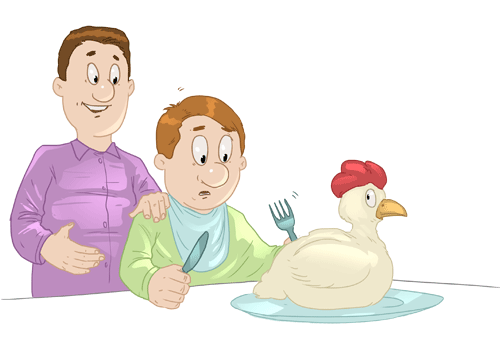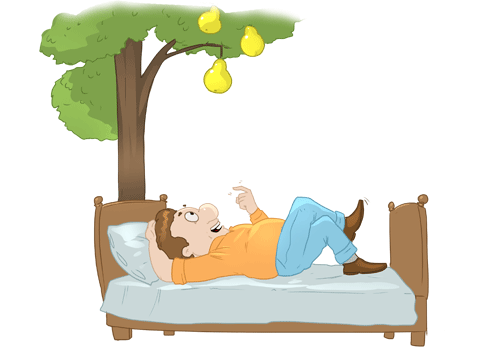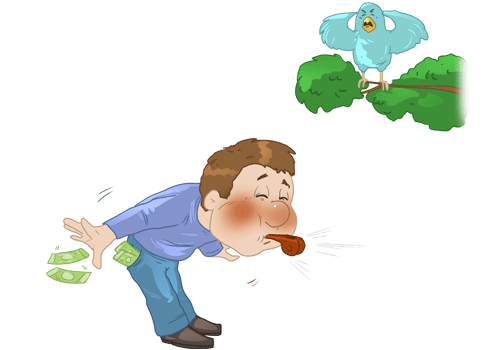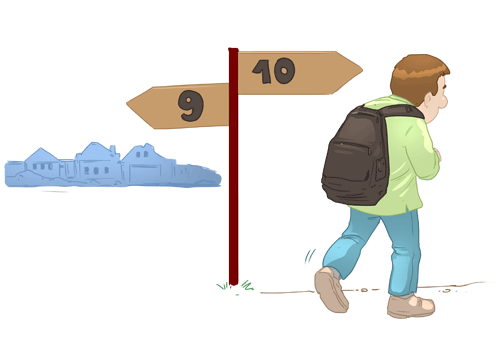Turkish
Türk dili
Türk dili
more than 70 million
Turkey, Cyprus
Macedonia, Romania, Bosnia and Herzegovina, Greece, Iraq, Kosovo
Germany, France, Netherlands, US, Austria, Saudi Arabia, Switzerland, Australia, Sweden, Russia, Denmark, UK, Canada, Belgium, Bulgaria, Italy, Azerbaijan…


A popular Turkish view is that there is one common Turkish language (Türkçe) divided into major dialects (lehçe), such as Kazakh Turkish (Kazak Türkçesi), Uzbek Turkish (Özbek Türkçesi) and Turkish of Turkey (Türkiye Türkçesi). According to this viewpoint, which is not shared by most linguists, Turkish (that is, the common Turkic language) is one of the most popular languages in the world with almost 200 million speakers.
The Latin alphabet was introduced in 1928. Previous writing systems, such as the runic alphabet, or Uyghur or Arabic script do not correspond to the modern Turkish alphabet, which consists of 21 consonants and 8 short vowels. There are no long vowels or diphthongs. The goal of the language reform of Atatürk was to create a closer connection between writing and speech: Benim adım Mustafa [benim adɯm Mustafa] (‘My name is Mustafa’).
One of the most characteristic features of Turkish is vowel harmony, including the oppositions:
| Front | Back | |||
|---|---|---|---|---|
| Unrounded | Rounded | Unrounded | Rounded | |
| High -o | i | ü | ı | u |
| Low -o | e | ö | a | o |
For example, the expression görüşürüz (see you, lit. we will see each other) consists of the stem gör- (see) and three different suffixes, each of which has four versions: -ış/iş/uş/üş (Reciprocative) -ır/ir/ur/ür (Aorist) -ız/iz/uz/üz (1st Plural). The vowels in the suffixes change according to the stem vowel. The same sequence of suffixes added to different roots produces different versions:
Turkish, unlike most European languages, is an agglutinating language. This means that grammatical suffixes are added to an unchanging word stem. Each suffix has its own grammatical meaning. More than one suffix may be added to the word, as in the example below:
There is no grammatical gender in Turkish so the word arkadaş (friend) can be used for both males and females. There is no definite article but the numeral bir (one) may be used as an indefinite article. The plural is indicated by the suffix -lar/ler (depending on the vocal harmony), as in evler (houses) and atlar (horses). There are six cases in Turkish: nominative, genitive, dative, accusative, locative, ablative. The vowel in the suffix depends on vowel harmony:
| house | horse | doctor | actor | |
| Nominative | ev | at | doktor | aktör |
|---|---|---|---|---|
| Genitive | evin | atın | doktorun | aktörün |
| Dative | eve | ata | doktora | aktöre |
| Accusative | evi | atı | doktoru | aktörü |
| Locative | evde | atta | doktorda | aktörde |
| Ablative | evden | attan | doktordan | aktörden |
Verb forms follow the pattern stem-aspect/tense-personal suffix, for example oyna-dı-m (I played). Negation is made with the negative suffix -ma/me added after the stem, for example oyna-ma-dı-m (I didn’t play). For questions, the particle mı/mi/mu/mü is used, for example oynadım mı? (did I play?). There are five basic tenses in Turkish: Present, Future, Aorist, Past Definite and the Inferential Past. The last of these (also called the Reported Past) is used to describe situations that were reported to the speaker or, in other words, when the speaker does not know if the sentence is true or not, for example Ali evlenmiş (it is said that Ali got married).
| Singular | Plural | |||||
|---|---|---|---|---|---|---|
| 1st person | 2nd person | 3rd person | 1st person | 2nd person | 3rd person | |
| Present | yapıyorum | yapıyorsun | yapıyor | yapıyoruz | yapıyorsunuz | yapıyorlar |
| Future | yapacağım | yapacaksın | yapacak | yapacağız | yapacaksınız | yapacaklar |
| Aorist | yaparım | yaparsın | yapar | yaparız | yaparsınız | yaparlar |
| Past definite | yaptım | yaptın | yaptı | yaptık | yaptınız | yaptılar |
| Inferential past | yapmışım | yapmışsın | yapmış | yapmışız | yapmışsınız | yapmışlar |
Unchangeable word stems make up the core of the lexicon. The oldest stems are usually one-syllable stems of the types VC, CV, CVC or CVCC, thus the number of stems is limited. New words are formed by adding suffixes to the stems or to already existing words, for example:
Reduplication is a very popular way to intensify the meaning of the word in Turkish. There are several types:
Reduplication is also used in onomatopoeia: çıtır çıtır (used when someone eats crispy food), şapır şapır (used when someone eats or kisses loudly). It can be also used for some visual features of objects: pırıl pırıl (shiny). Although the above mentioned constructions are very popular the patterns are fixed (except for group C) and the creation of new elements is limited.









